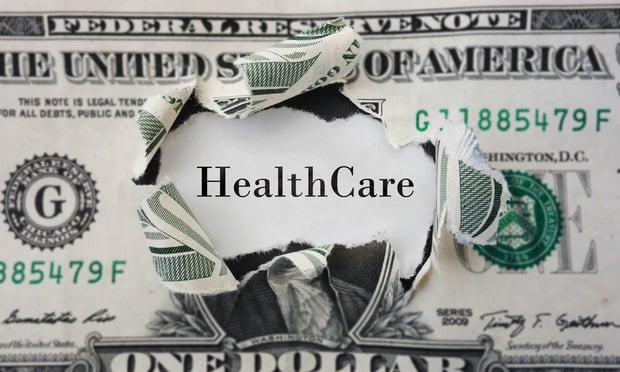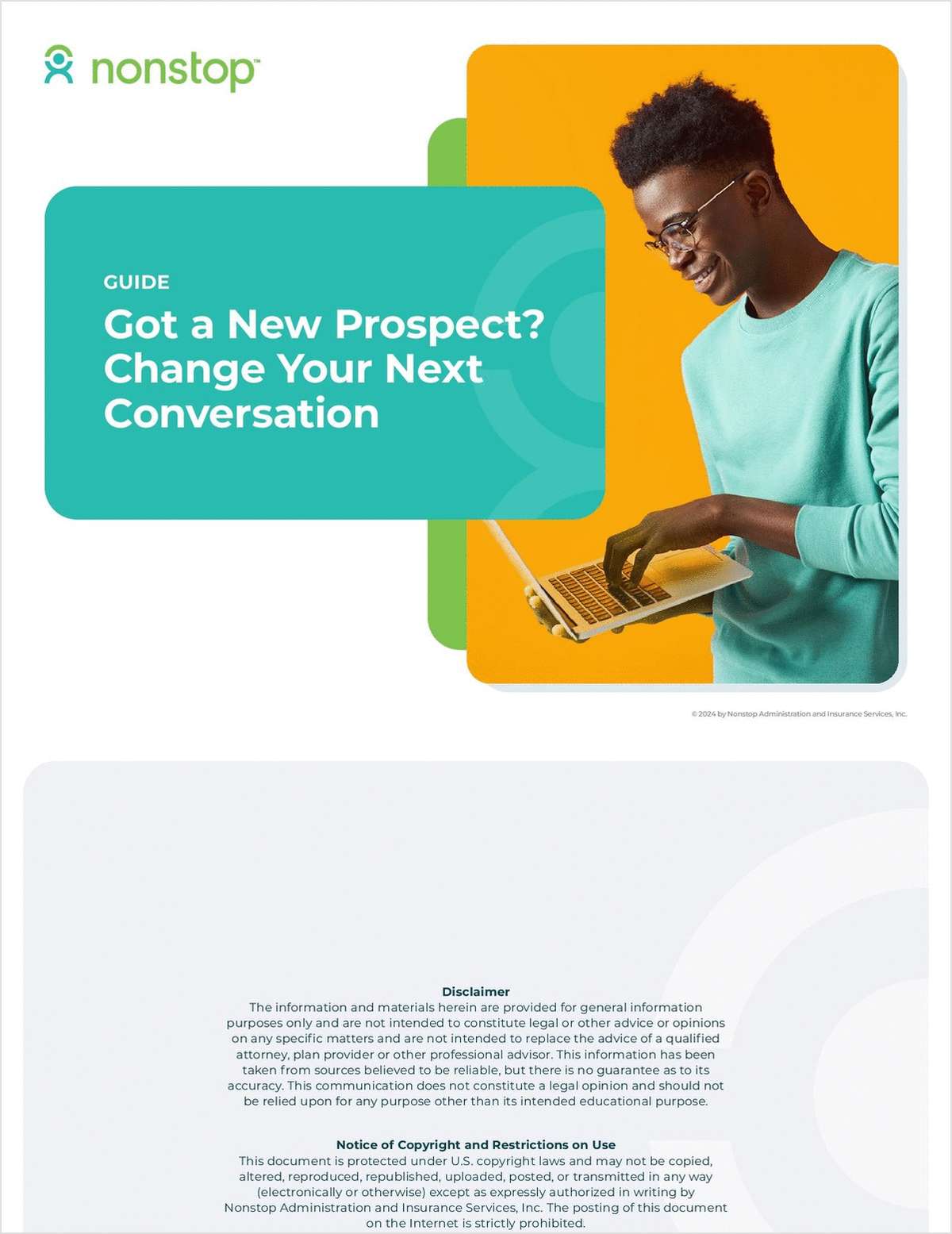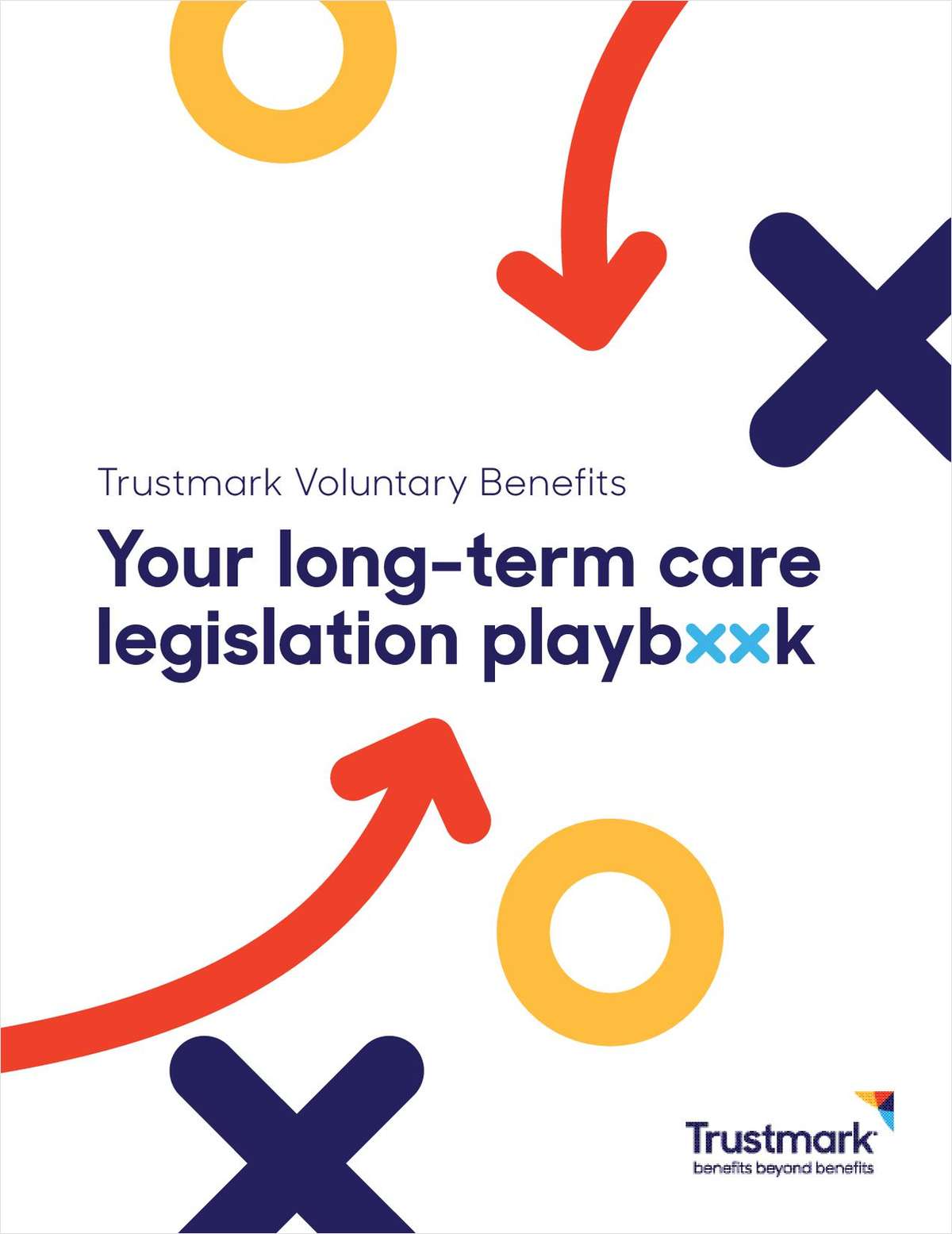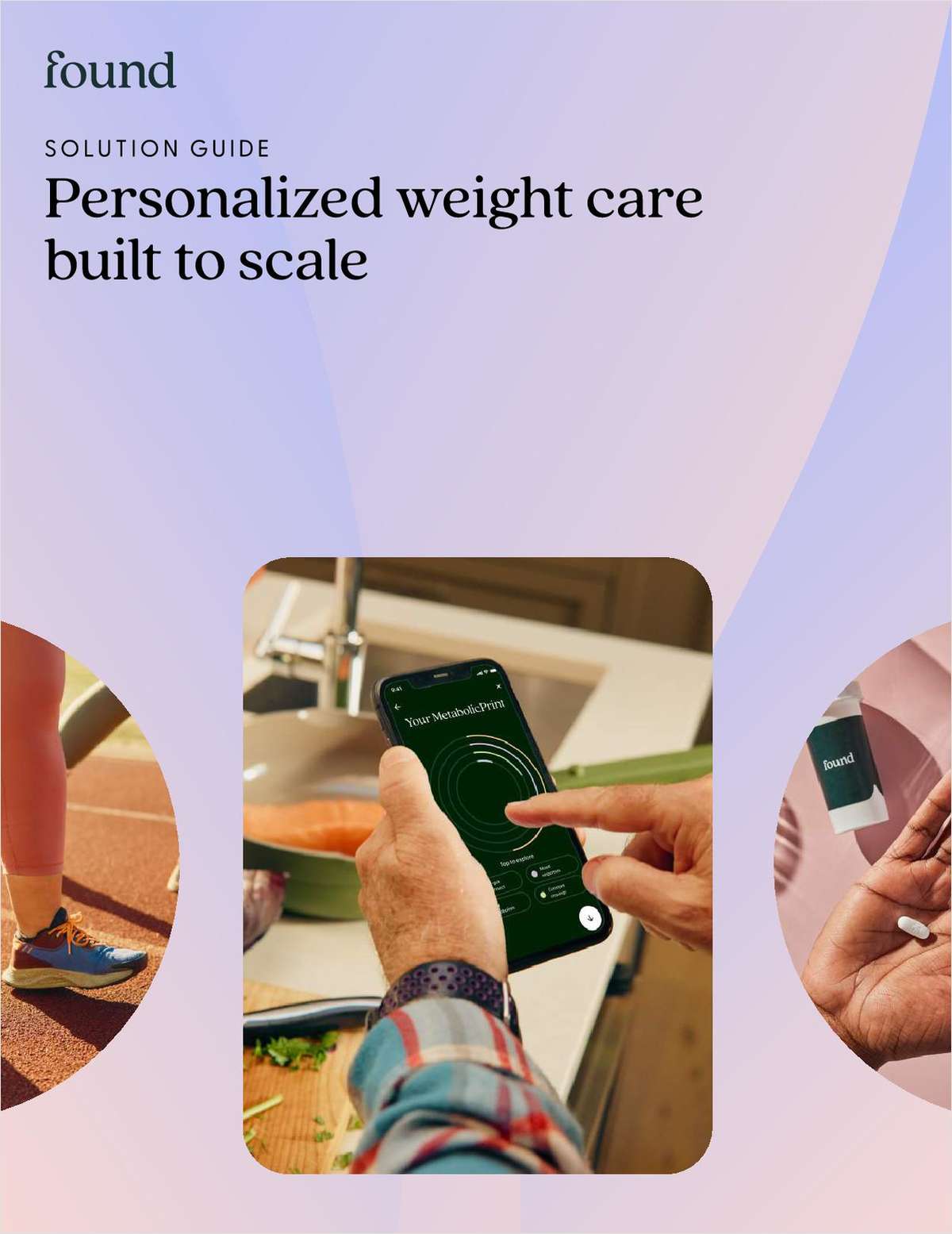The way more and more Americans receive health care coverage is changing. The old days of employers picking up the health care tab for employees and their families are gone.
According to the "Employer Health Benefits 2006 Annual Survey" from Kaiser Family Foundation and Health Research and Educational Trust, since 2000, the percentage of firms offering health benefits has fallen from 69 percent to 61 percent. And that happened during a time when health care premiums rose at a pace faster than both inflation and wages.
The debate rages about what to do because even those with coverage sometimes find themselves shouldering the burden for higher premiums and deductibles. When you throw the estimated 45 million Americans who go without any coverage for periods of time over the course of a year into the mix, the situation looks worse. Out of the dust of consumer dissatisfaction with the HMO model and employer frustration with double-digit premium increases year over year emerged a different concept: consumer-driven (or directed) health care.
Complete your profile to continue reading and get FREE access to BenefitsPRO, part of your ALM digital membership.
Your access to unlimited BenefitsPRO content isn’t changing.
Once you are an ALM digital member, you’ll receive:
- Critical BenefitsPRO information including cutting edge post-reform success strategies, access to educational webcasts and videos, resources from industry leaders, and informative Newsletters.
- Exclusive discounts on ALM, BenefitsPRO magazine and BenefitsPRO.com events
- Access to other award-winning ALM websites including ThinkAdvisor.com and Law.com
Already have an account? Sign In
© 2024 ALM Global, LLC, All Rights Reserved. Request academic re-use from www.copyright.com. All other uses, submit a request to [email protected]. For more information visit Asset & Logo Licensing.








